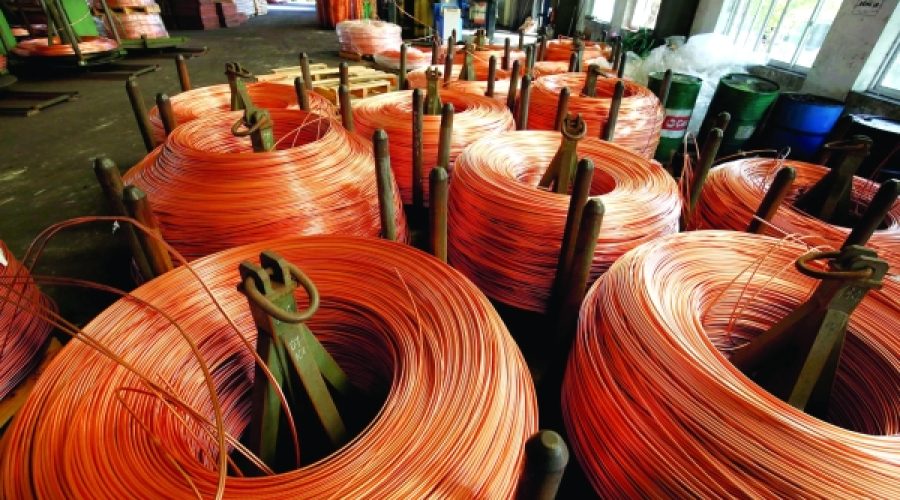Global Power Grid Expansion Sparks Surge in Copper Demand: What It Means for Investors and Businesses
Copper demand is increasing at a pace faster than industry expectations, fueled by substantial global investments aimed at modernizing and expanding power grids to support the digital and clean energy transitions that require massive electricity consumption.
At the same time, supply from key producers such as Chile and the Democratic Republic of Congo remains limited due to insufficient investment in new mining projects, creating conditions for an extended period of elevated prices.
Some analysts forecast that copper prices could reach record highs above $12,000 per ton before the decade ends, representing a 23% rise from current prices near $9,700 per ton.
While consumers are exploring alternatives, copper’s unmatched conductivity, durability, and versatility make it difficult to replace.
Investment in power grids alone is expected to exceed $400 billion this year, following a record $390 billion in 2024, according to the International Energy Agency.
“Copper is often a massively underestimated part of grid infrastructure,” said Michael Finch of Benchmark Mineral Intelligence (BMI), highlighting significant investments needed in countries like the US, the UK, and China.
BMI projects that global copper demand for upgrading power generation and transmission networks will grow from 12.52 million metric tons this year to 14.87 million metric tons by 2030.
Bank of America analyst Michael Widmer anticipates global copper demand will rise by 10% to 30.32 million tons by 2030, with the market facing a deficit of 1.84 million tons that year.
Consultancy CRU reports that copper demand from data centers will increase from 78,000 tons in 2020 to 260,000 tons this year, and is expected to surpass 650,000 tons by 2030.
Electric vehicles also drive increased copper consumption, requiring significantly more copper than traditional internal combustion engine vehicles. BMI forecasts demand for electric vehicle copper to rise from 1.2 million tons in 2025 to 2.2 million tons in 2030.
Notably, Prysmian alone purchases 2% to 3% of global refined copper production.
Recycling plays a role in sustainability, as producing refined copper from scrap can save up to 65% of the energy compared to primary production. Analysts estimate that copper recycling will rise from around 10 million tons this year to 11 million tons by 2030.
“You can do all the green energy stuff, but if you don’t have a grid system to support it, it will be a challenge,” said CRU’s Balla.
— Reuters
Special Analysis by Omanet | Navigate Oman’s Market
The accelerating global demand for copper, driven by massive investments in power grid modernization and clean energy, presents a strategic opportunity for Oman’s businesses to explore copper supply chains and related industries. However, the constrained copper supply and anticipated price surges pose risks for industries dependent on copper, urging investors and entrepreneurs to consider diversification and recycling initiatives to capitalize on sustainability trends and mitigate supply risks. Smart investors should focus on innovations in copper recycling and alternative materials, while positioning Oman in the evolving global energy infrastructure market.



